Some pets never forget.
While shelter animals may adjust to new homes, many carry pieces of their past with them—sometimes in ways that are impossible to ignore. A dog that perks up at a familiar name. A cat that stares longingly at the door, waiting for someone who never returns. These small moments hint at something deeper: the possibility that they still remember the people who once loved them.
Whether they were surrendered, lost, or abandoned, shelter pets often show signs that their hearts are still tethered to another time. Some wait by windows. Others light up at the scent of a familiar perfume.
Do they truly remember? Or are we just seeing what we want to believe? Here are 12 signs that suggest some shelter pets never stop waiting.
Waiting at the Door

Many pets wait by the door, eyes fixed on the entrance, as if expecting a beloved person to walk through. This behavior often harks back to previous routines where they eagerly anticipated their owner’s return.
It’s a poignant reminder of a past bond, reflecting a pattern of loyalty and expectation. For new owners, providing positive reinforcement during these moments can help build new associations.
These pets might gradually shift their anticipation towards you, creating a fresh connection. This patient waiting signifies hope and trust, essential components in the healing journey of adoption.
Clinging to Familiar Objects
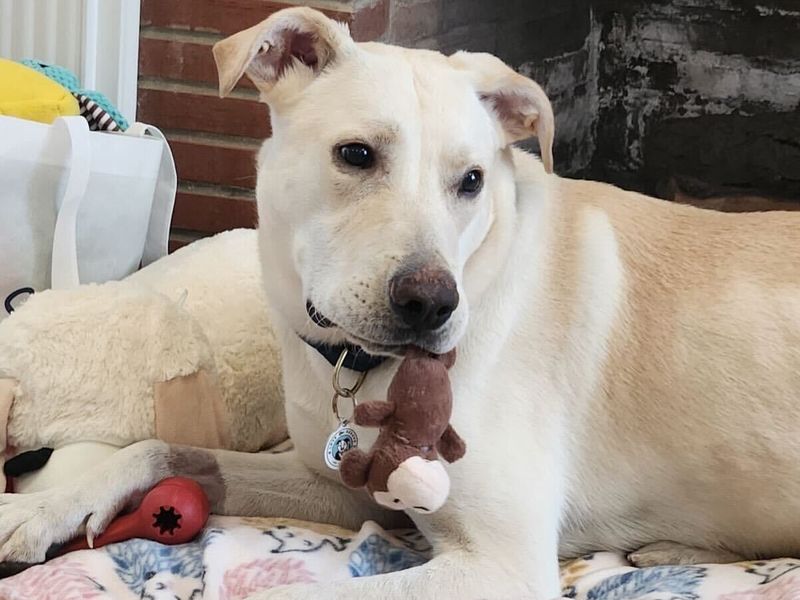
Shelter pets often find solace in familiar scents and textures, clinging to old objects that remind them of their past. This attachment might be to a blanket, a piece of clothing, or a toy that traveled with them.
These items hold the comforting scent of their previous owner, acting as a bridge to happier times. Allowing pets such attachments can ease their transition into new environments.
Replacing these objects slowly with new comfort items filled with your scent can help them adapt and form a bond with you, offering security and continuity.
Responding to Old Commands
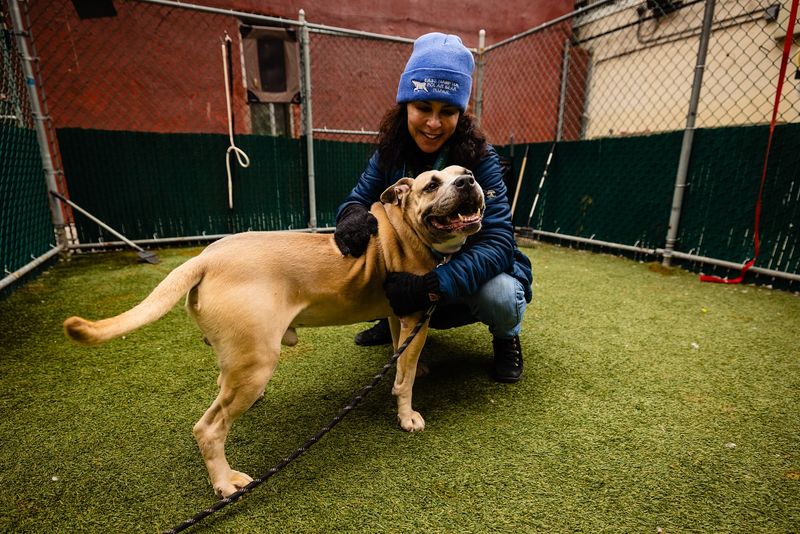
Some shelter pets surprise their new families by responding to commands they never taught. These commands could be verbal cues or gestures that trigger a learned response.
This indicates a previous training experience that might still be vivid in their memory. Understanding and utilizing these commands can deepen your communication.
By incorporating them into your routine, you honor their past learning while building trust. Gradually introducing new commands alongside familiar ones ensures a seamless transition, fostering confidence and adaptability in your new companion.
Seeking Out Hidden Spaces
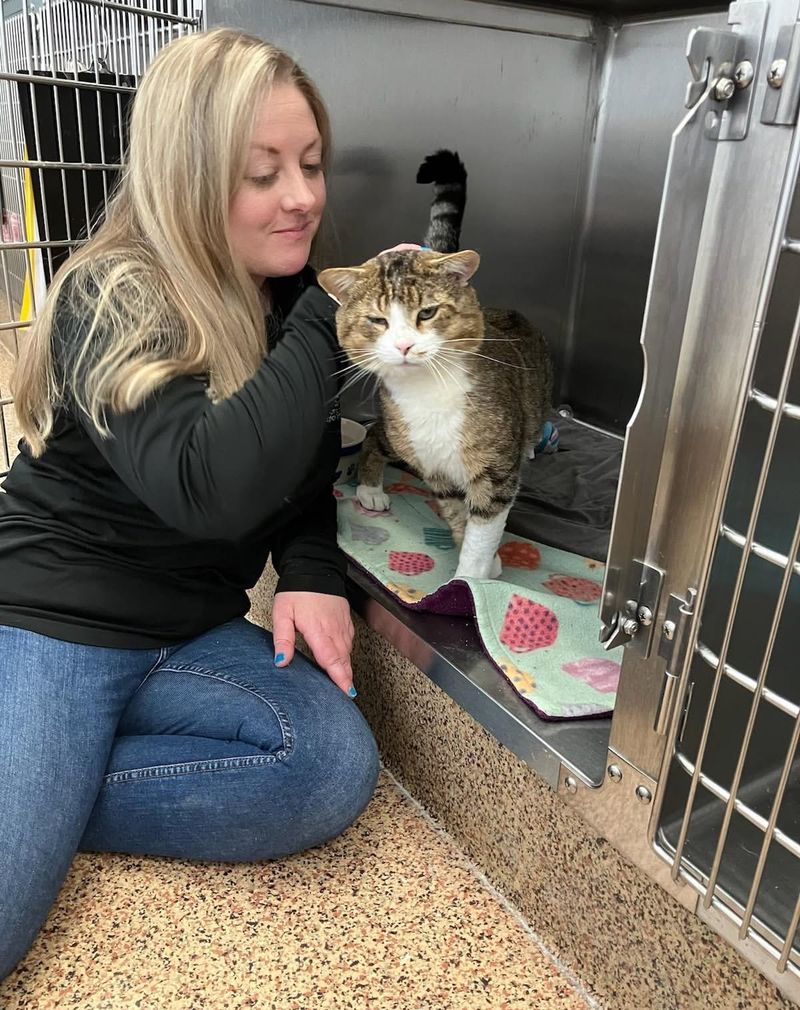
Shelter pets may exhibit a tendency to seek out hidden or confined spaces. This behavior often stems from past experiences where they felt safe in secluded areas.
Creating a designated safe spot at home can help them feel secure, particularly during times of stress or uncertainty. Observe their choices to understand their comfort zones.
By respecting these preferences, you can ease their transition and demonstrate understanding. Over time, your pet might venture out more confidently, gradually embracing the wider spaces of their new home.
Showing Fear Toward Specific Triggers
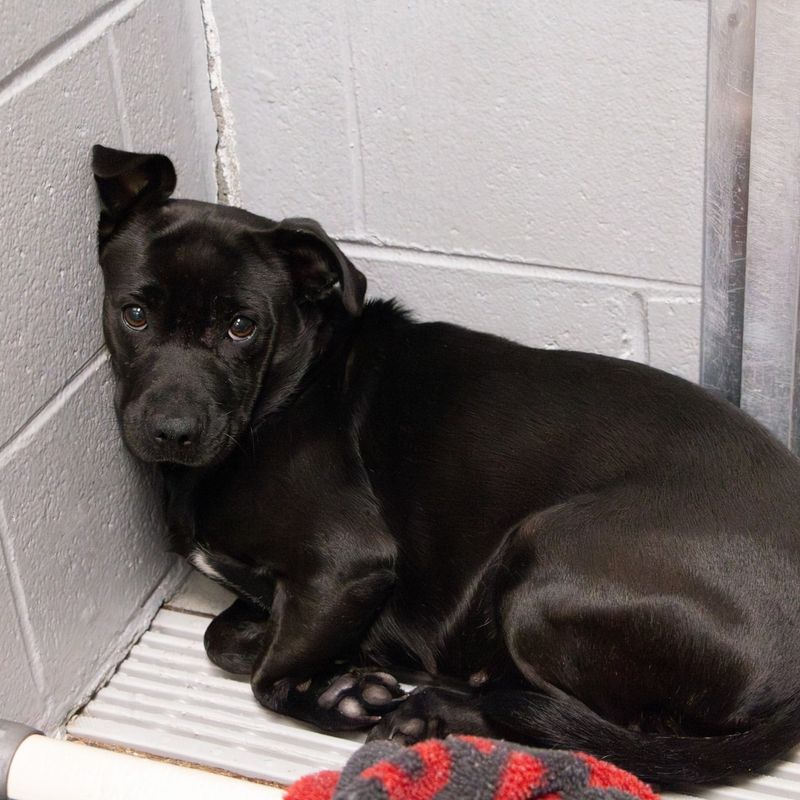
Some shelter pets display fear towards specific triggers, such as loud noises, certain people, or objects, hinting at past traumas. These reactions can be startling yet informative.
Recognizing these triggers enables you to provide comfort and reassurance, paving the way for healing. Creating a calm and predictable environment helps alleviate fear.
Gradual desensitization, possibly with professional guidance, can help them overcome these anxieties, fostering a sense of safety. Understanding and patience are key in helping pets navigate their fears and build new, positive associations.
Displaying Signs of Recognition
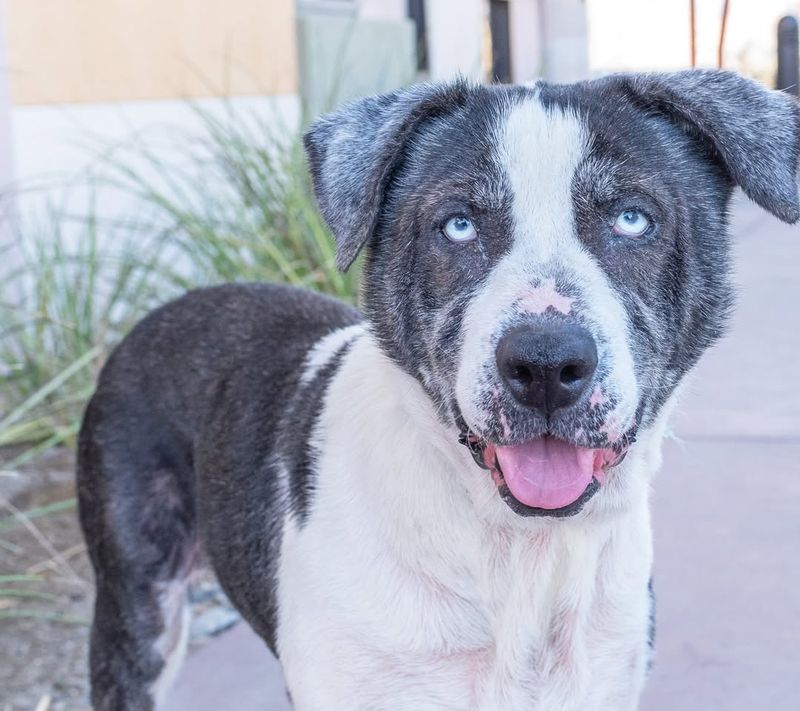
Occasionally, a shelter pet might react with unusual excitement or calmness upon meeting a stranger. This could be a sign of recognition, perhaps remembering a figure from their past.
These encounters can be emotionally charged, offering insights into your pet’s history and emotional connections. Acknowledging these moments helps in understanding their needs and responses.
Encourage these interactions if they seem positive and comforting. These signs of recognition can be touching reminders of their journeys, adding depth to your relationship as you respect their past connections.
Expressing Joy in Known Places

Visits to certain locations might spark joy in your shelter pet, suggesting a history tied to these places. They may react with excitement, recognition, or a sense of peace.
These responses can be heartwarming, reflecting past adventures and memories. Allowing your pet to revisit these spaces can ease their transition, providing comfort and familiarity.
Such experiences enrich your bond, as shared adventures become part of your shared story. Encouraging exploration in these known places can strengthen their confidence and sense of belonging in their new life.
Mourning Behavior

Some shelter pets exhibit behaviors akin to mourning, such as lethargy, loss of appetite, or withdrawal. These signs can indicate a lingering attachment to past owners.
Understanding this mourning process is crucial in aiding their emotional recovery. Provide a supportive environment filled with affection and patience.
Engage them in activities that foster joy and curiosity, slowly helping them open up to new experiences. Mourning is a natural phase, and with time and understanding, pets can heal and form new, loving relationships with their new families.
Frequent Vocalizations

Shelter pets may express themselves through vocalizations, such as meows, barks, or whines, often directed at doors or windows. This behavior might signal longing or communication attempts with their past owners.
Interpreting these sounds can provide insights into their emotional state and needs. Responding with calmness and affection helps soothe their anxiety.
Encouraging interactive play sessions and offering comforting routines can redirect their focus, fostering new bonds with you. These vocalizations, while poignant, can transition into expressions of joy and contentment as they settle into their new environment.
Avoiding Eye Contact
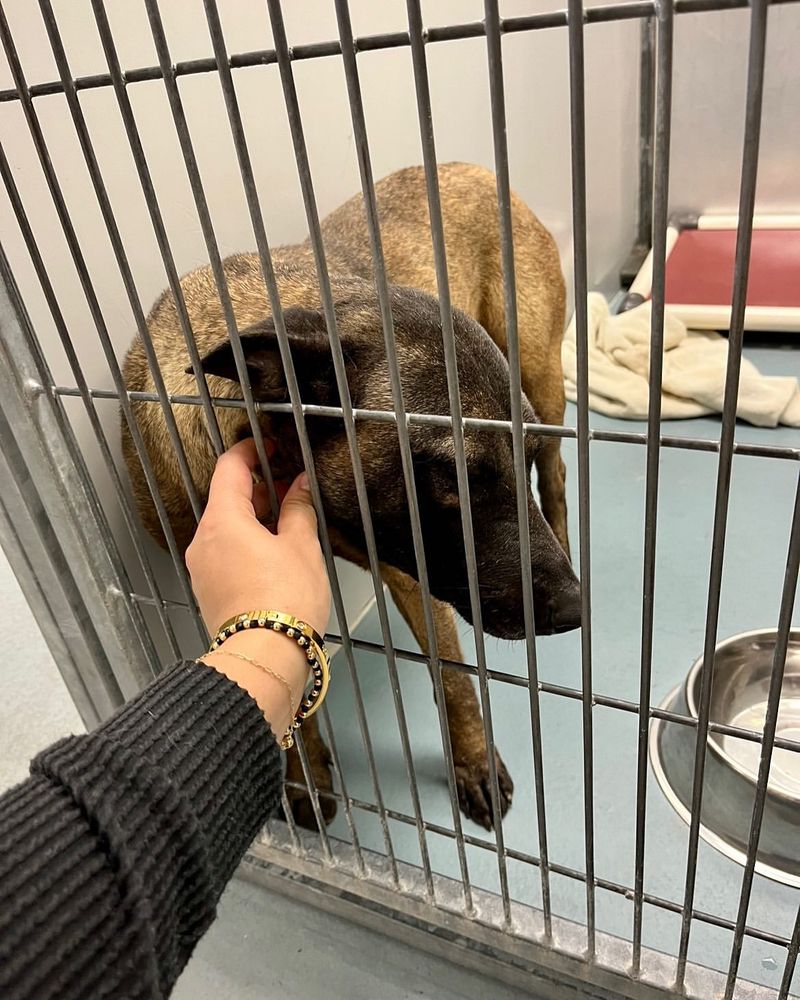
Avoiding eye contact is common among shelter pets, often indicating fear or distrust stemming from previous experiences. This behavior might suggest a history of trauma or harsh treatment.
Building trust takes time and patience. Respecting their space and allowing them to approach on their terms can nurture their confidence.
Gradual bonding through gentle interactions and positive reinforcement encourages them to feel safe. As trust grows, these pets often transform, showcasing their affectionate and playful nature, ready to engage with their new family.
Possessive Over Food or Toys

Possessive behavior over food or toys is a common trait in shelter pets, often reflecting past scarcity or competition. This can manifest as guarding behavior or reluctance to share.
Understanding this behavior helps you create a nurturing environment where they feel secure. Controlled feeding routines and positive reinforcement can gradually reduce possessiveness.
Encourage sharing through interactive play and reward-based training. Over time, they learn that resources are abundant, fostering a sense of security and cooperation. This journey transforms possessiveness into trust and companionship in their new home.
Affectionate Towards Certain Smells
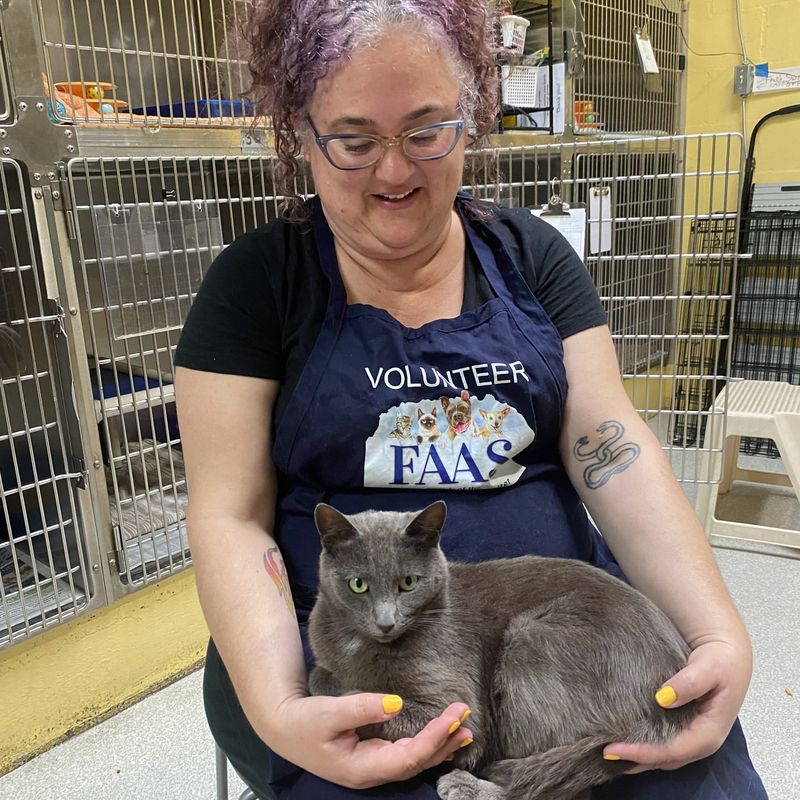
Shelter pets often display particular affection towards certain smells, such as familiar fabrics or scents reminiscent of past owners. This behavior connects them to comforting memories.
Offering items with your scent can bridge their past and present, easing their transition into a new life. Gradual exposure to your scent fosters recognition and attachment.
Encouraging this sensory exploration helps them form new associations, blending past comforts with present security. Such olfactory connections enrich their emotional world, supporting a smoother transition and nurturing a loving bond with their new family.

